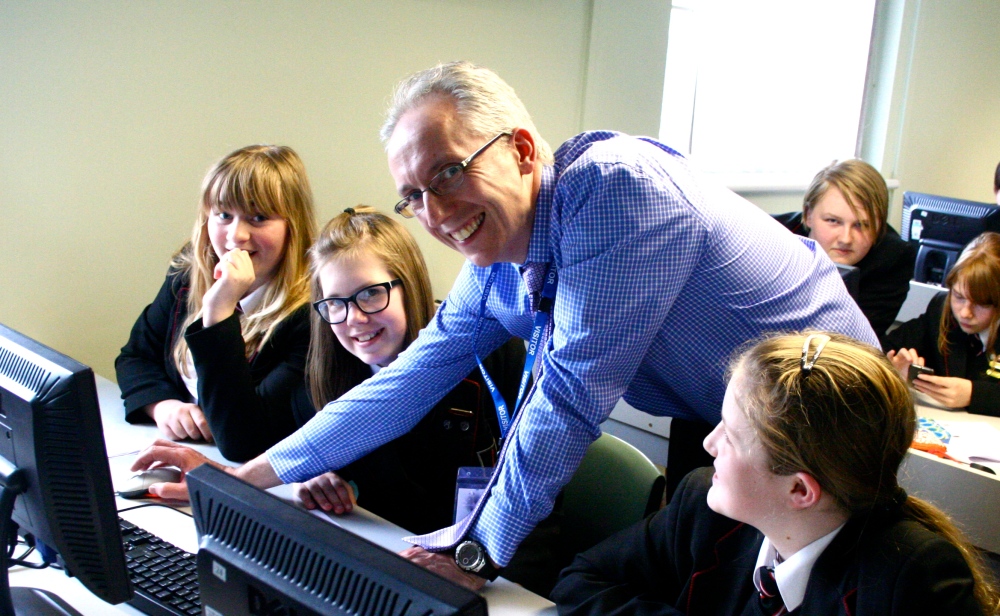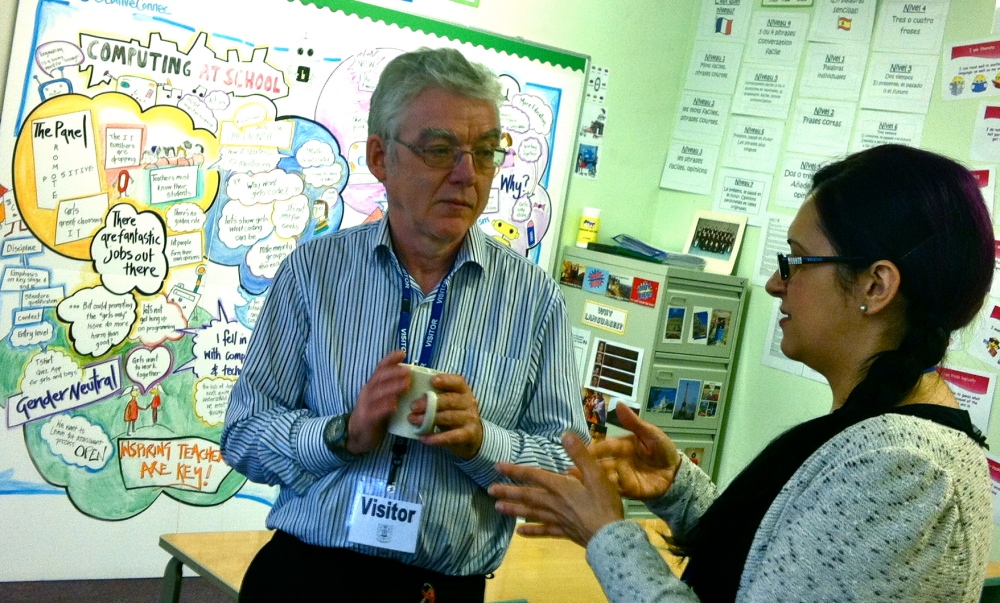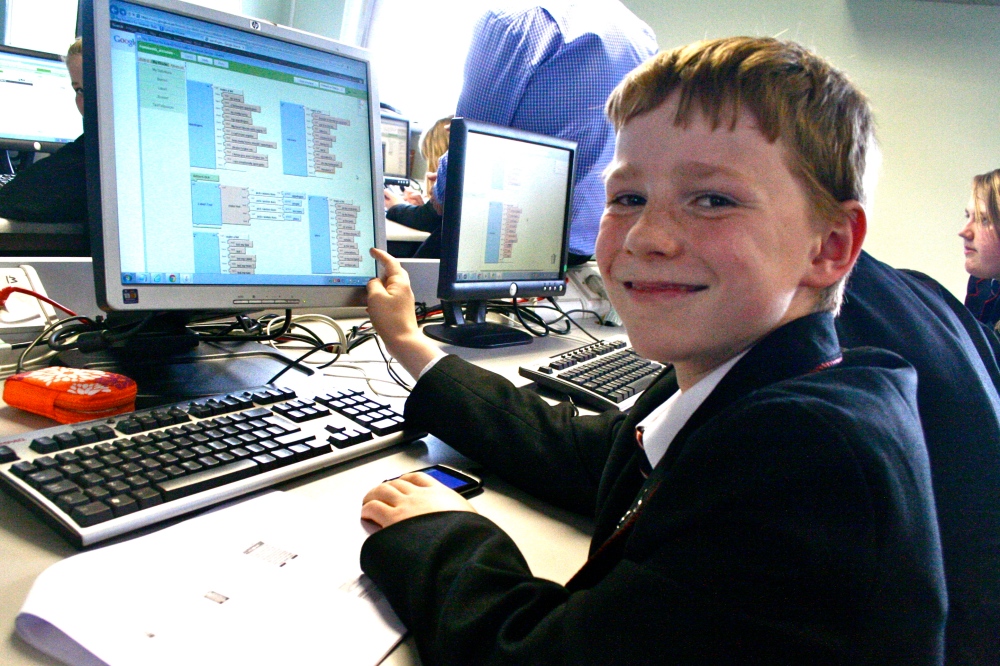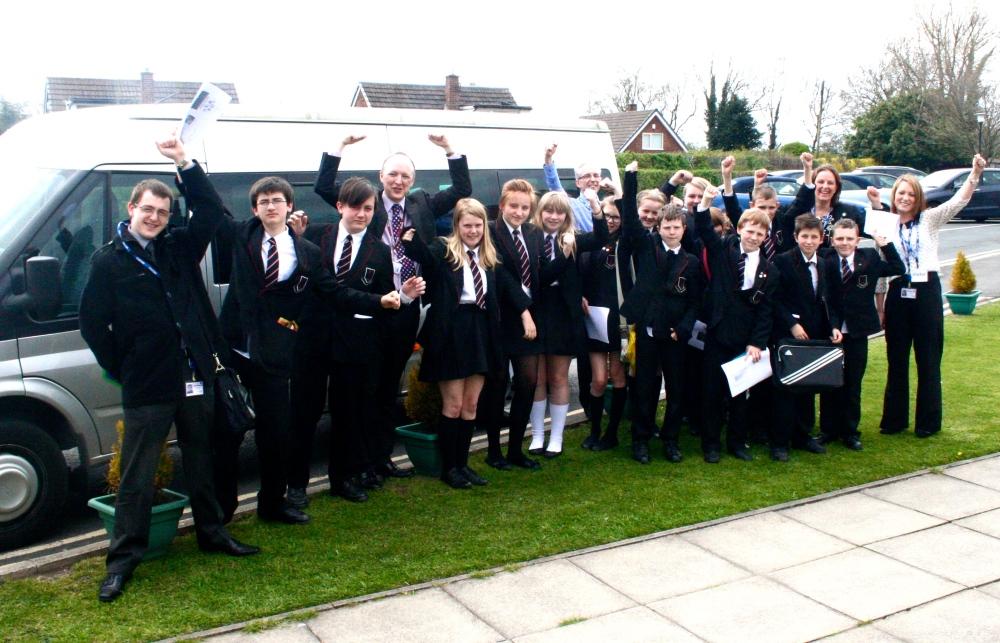Hack To The Future IV
We held our 4th Hack To The Future Event on Friday 3rd May 2013. This was a lot different from our previous events, Hack To The Future I, Hack To The Future II, and Hack To The Future III. In all, 210 pupils from 3 schools took part, 15 teachers and 20 non-teacher adults. I’ve always wanted to support another school or organisation to host their own Hack To The Future event, so I’ve tried to vary the main ingredients each time in a quest to discover the perfect recipe for a Hack To The Future event. We’ve since discovered that some elements are very successful and other ones still need some tweaking. These blog posts are to help inspire others to organise their own Hack To The Future style event.
Miss Noonan’s web page excellence! #fulwoodacademy #h2df hacking is cool!! pic.twitter.com/l4cPj14vEj
— Miss Noonan (@Fulwood_ICT) May 3, 2013
Train The Supporters
Feedback from our previous Hack To The Future events suggested that our external supporters wanted more than the usual brief welcome & introduction to the day. So, this time I decided to schedule a 1 hour training session for supporters at the beginning of the day. I had already shared a lot of the documentation to support the day through Google documents before hand. Also, in a change to previous events, we planned to have more emphasis on children hacking than sitting and listening to supporters present or run workshops.
In this 1 hour session, I outlined the aims of the day, the child-protection guidelines and demonstrated some of the tools we were recommending for the day. While this was taking place, the regular classroom teachers were leading pupils through a cyber-bullying scenario for them to experience and discuss their responses. A few years ago we changed the approach to the way we teach e-safety issues in school, to engage the children more fully rather than simply tell them what they should and shouldn’t do. More about this another time.
Aims
We stuck with the same aims of the previous events, to inspire, engage and educate children so that they may consider further study and open their eyes to careers in computer science and digital media related fields. This event had an additional focus in that it was intended to raise awareness of cyberbullying, what it is and how to respond to it.
It’s worth reading the Teachers’ Planning Guide and the Volunteers’ Planning Guide to gain a better understanding of the organisation of the day. The basic structure of the day was, in the first hour the children dealt with a cyberbullying scenario they were presented with discussion the different appropriate responses. Then the remainder of the day was spent using digital tools to raise awareness of cyberbullying issues and suggest action to be taken. You can see an example webpage here.
Digital Tools
The tools that were most heavily used on the day were Mozilla Hackasaurus X-ray goggles and Mozilla Thimble projects. During the training session for supporters I showed various ways that these tools could be used to support the aims of the day. We also ran an App Inventor workshop led by Carl Simmons from Edge Hill University and one group of pupils learned how to use Lua to model some aspects of Angry Birds, this was led by Anthony Ball of Sinistersoft. One group of children used App Inventor to create a homework excuse generator that runs on Android.
Key to the success of the event was the wide range of supporters on the day that contributed to the workshops & activities. You can browse a list of their names and backgrounds on page 2 of this document. There was a rich blend of teachers from other schools, software developers, enthusiasts and games design students. We also hosted two groups of teachers and pupils from two other schools in Lancashire on the day, Ashton Community Science College and Wellfield Business & Enterprise College, Leyland.
If we ever needed a reminder that we have a responsibility to inspire and support the next generation, today was it #h2df
— DigiEnable (@DigiEnable) May 3, 2013
Link to our photo album here





Sound like a great day, but the real prize in this post is the sharing of the planning job. Thanks.
LikeLike